There are always those birds, generally common, that some people just never manage to see. I had my fair share of "bogey birds" (a term often applied to regular species that an individual birder has missed out of often) which I was interested in ticking off, and understandably so.
One of my long standing species is cinnamon teal, a migrant/winter passage bird in California. I had also wanted this bird when I lived in Canada, where it was uncommon but regular on most lakes, but even here in California where they are relatively widespread I had not been able to find them. It was impossible to appreciate this bird without seeing it myself--in both colouration and its tiny size (about half the size of the mallards around). I picked up on word of recent sightings of this bird, as well as a wide variety of other neat birds, on a section of the LA river about 20 minutes drive from my residence. And the cinnamon teals were apparently very regular there, which came as a great surprise to me since I was not aware I could have any chance of seeing them within an hour--this river was pretty much within home grounds in comparison.
The section was termed Arroyo Simi and judging by the historic sightings published by other birders on eBird I could see I wasn't being mislead. Sometimes up to 20 cinnamon teals were reported along this relatively short section of river. The catch was that the last sighting of a cinnamon teal was a single bird seen about 2 weeks ago, and a checklist from yesterday did not include this species at all, so I was rather put off in that effect. I started searching for other places but came up short, so I took the chance.
When I saw the river it was rather shallow, and not the cleanest in the world as it had its fair share of rubbish strewn all over its waters. The first bird I saw were the ubiquitous american coots, a bird that,
if there is any trace of water at all, is more than willing to share its omnipresence. The second bird I saw was a small reddish-brown duck. Yes, that was a male
cinnamon teal, not even thirty seconds in. I took a detour around a bridge to get the sunny side of the bird, and on the way I saw a
white-faced ibis staring back at me. Not a bird I was expecting to see, but one that has left its presence on a few recent sightings of this river. I didn't want to hope that I would see one, since they are not very common and I probably would have been left disappointed. I counted about 5 or 6 that day, and a person I met there said he saw an upwards of 15 within a period of 20 minutes earlier in the day. These ibis have extraordinary colours, with somewhat prismatic iridescence that varies from pink to green to blue; they really stand out when they take off. I saw many more cinnamon teals of both genders as well--they really add a different spectrum to the brown range.
With that aside, the place was full of life. The location definitely outweighed my expectations. I did not expect to see more than mallards, but in a matter of moments I had very nice sightings of gadwall, cinnamon teal, green-winged teal, blue-winged teal, bufflehead, lesser scaup, ruddy duck and hooded merganser (and of course mallards). I guess you could say my duck expectations were met by 900%. Before the return trip I had also seen a belted kingfisher, greater (?) yellowlegs, black-winged stilt and spotted sandpiper, birds I had seen before but with the exception of the first I had not yet seen in California before (additionally gadwall, green and blue-winged teal, lesser scaup I have never before seen in this state).
I ended the day with a decent 42 species, a number that would have increased exponentially if I happened to arrive earlier in the morning no doubt! A very nice day, and probably some of the best photos I have ever taken. Let no one fool you--ducks are not all boring!
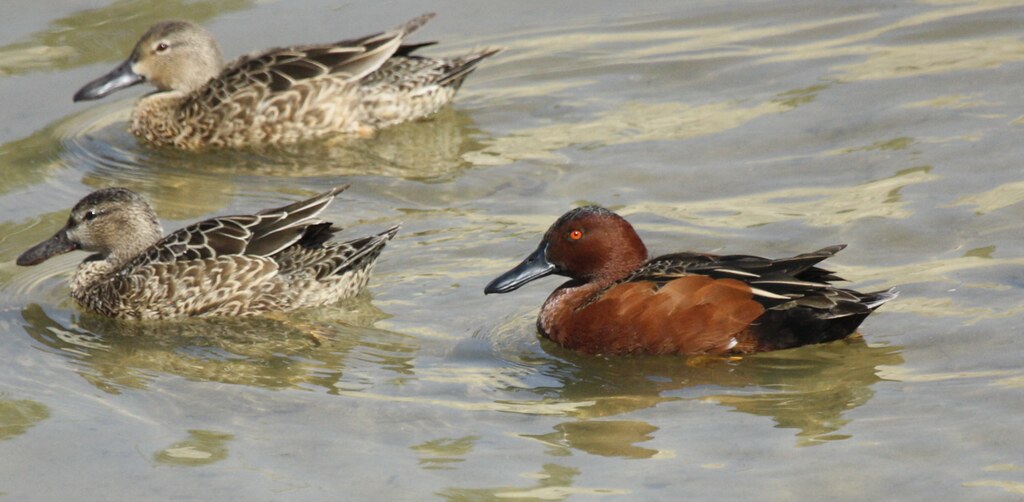 |
| Cinnamon teals. |
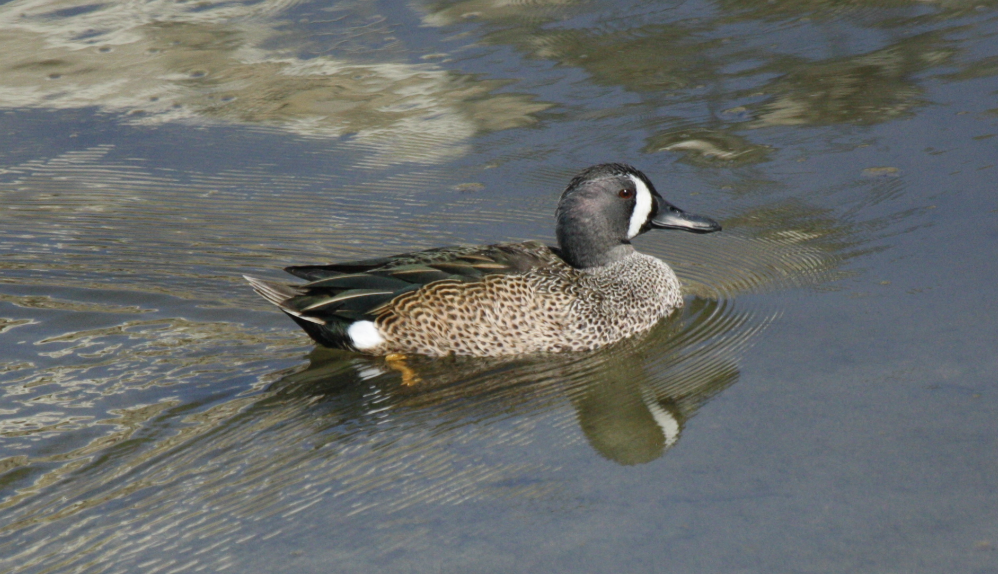 |
| Blue-winged teal, though you can't see the blue wing like this. |
 |
| Green-winged teal males. |
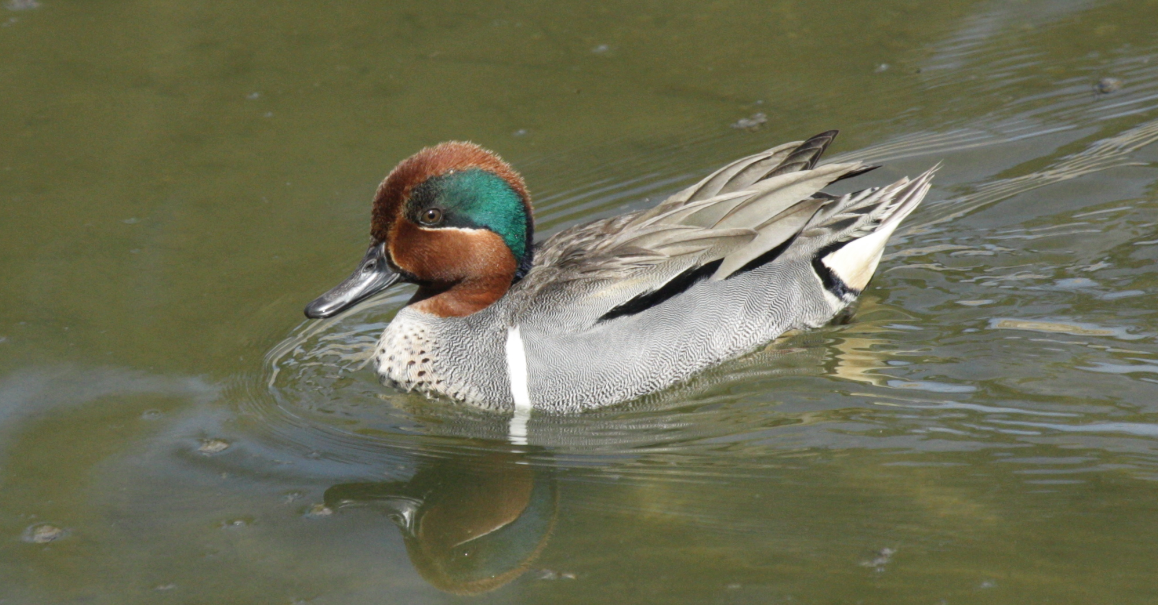 |
| Another one for good measure. |
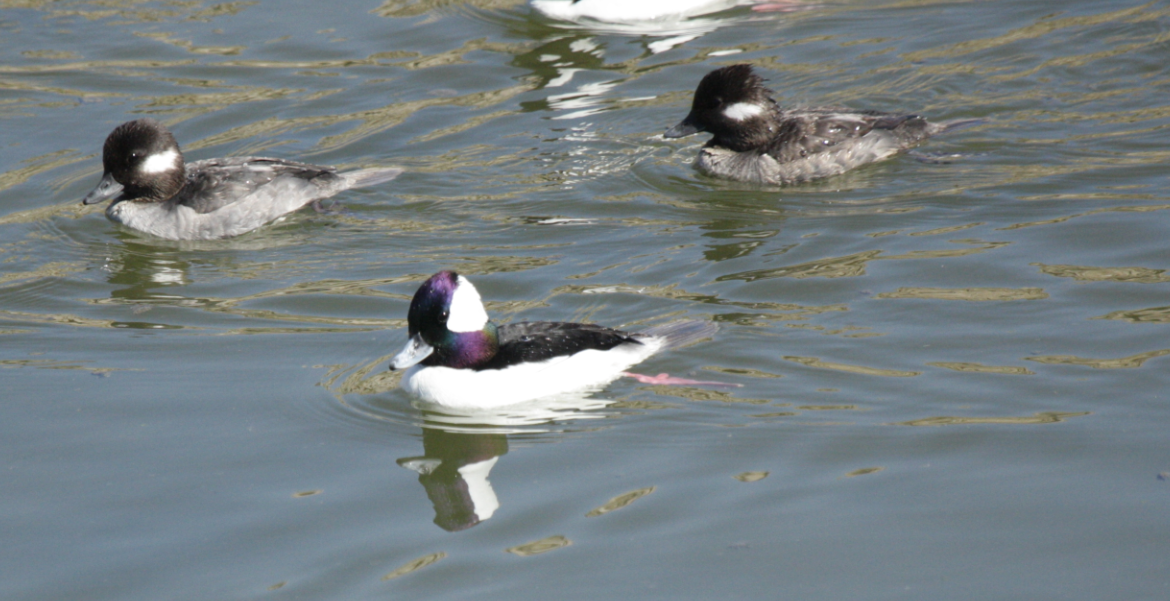 |
Buffleheads. I have better pictures, but I wanted to show the iridescence.
 |
| Gadwall male. One of the more drab species, but it still has an attractiveness. |
|
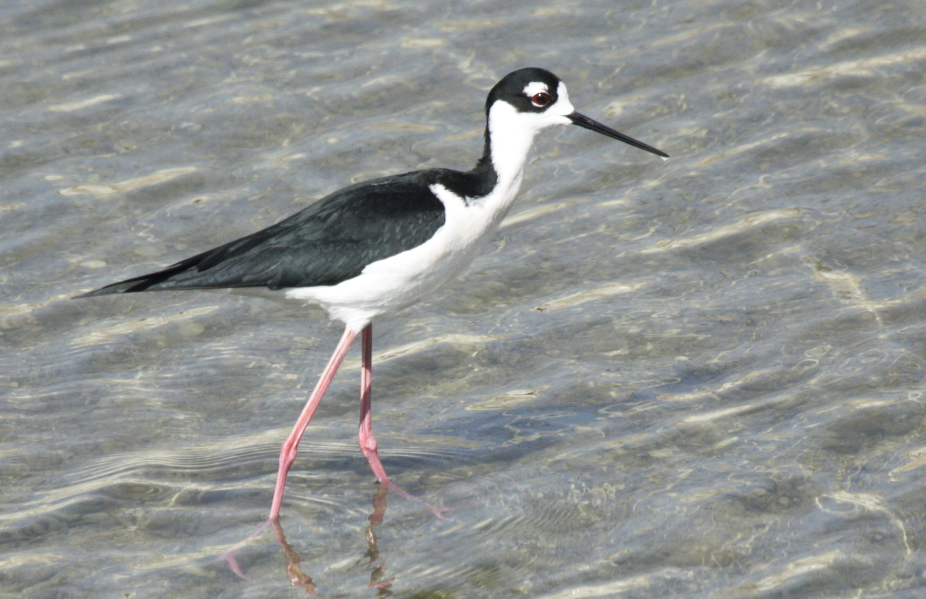 |
| Black-winged Stilt. |
 |
| White-faced Ibis. |
 |
| White-faced Ibis -- slightly greener bird. |
 |
| Composite image demonstrating flight iridescence. |










Great blog and nice pics. I think you mean black-necked stilt under description of photo. I know, I often make naming errors when it comes to birds (they can get mixed up in my brain attic). Glad I came across your blog, am enjoying the reading.
ReplyDeleteActually the species is called Black-winged stilt. But after checking I see Black-necked stilt is the specific name for the subspecies in this part of the world, so I see where you were coming from.
Delete